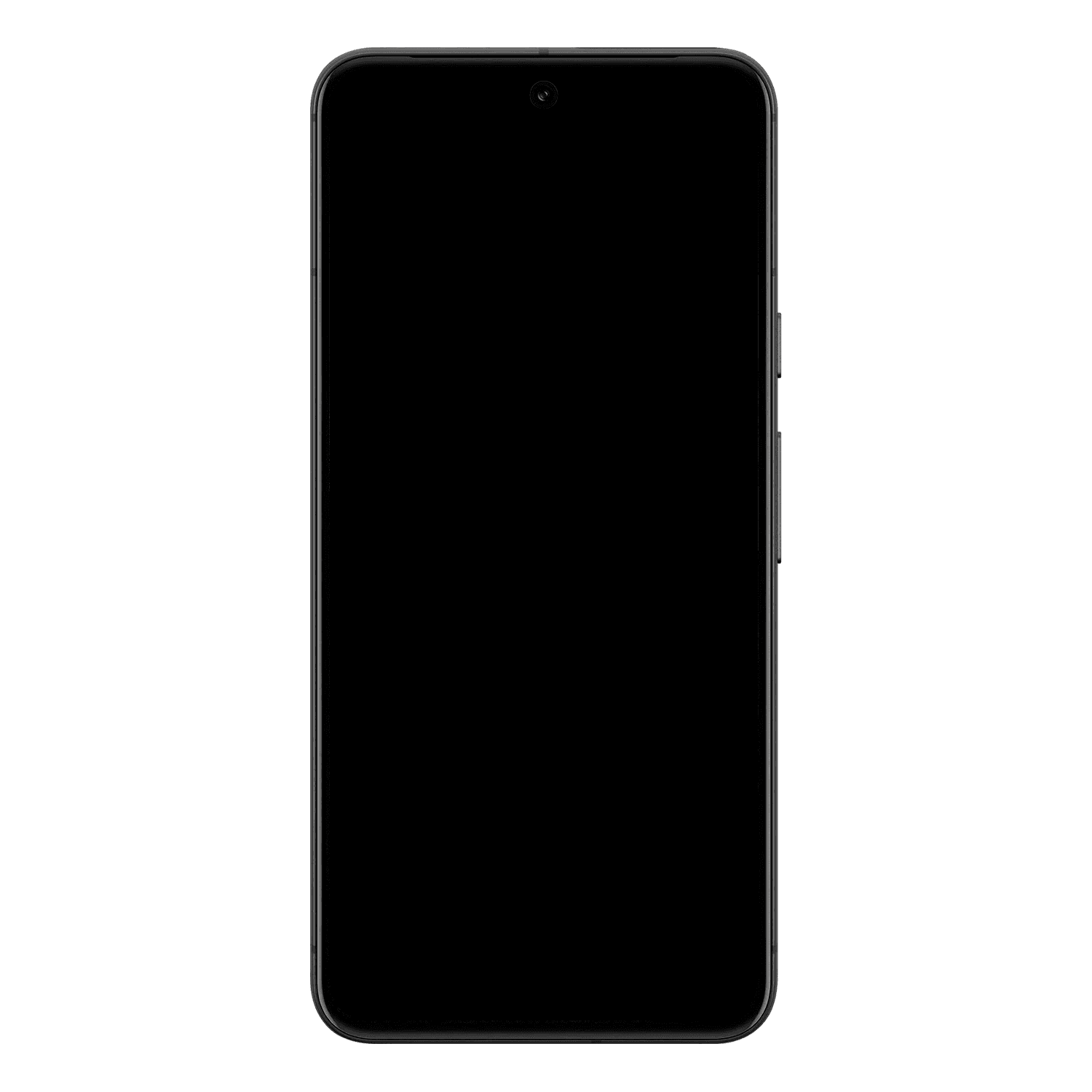2024 · Research · UX/UI Design · Interaction Design
Parkway: Made finding and booking a parking spot 35% faster through lower cognitive load
Quick Links
Drag the arrow on either side to see both versions!
Context
Parkway is a mobile app concept that takes the stress out of parking by replacing today’s fragmented, complex experiences with one intuitive flow to find, reserve, and book a spot in just a few taps.
Over the course of project, I interviewed drivers, mapped out pain points, created flow models, personas, user stories, built a high-fidelity prototype in light and dark modes, and conducted user testing.
Tools
Figjam
Figma
Type
Academic
Role in a team of 4
User Interviews
User Research
UI / UX Design
Interaction Design
Duration
4 months (2024)
Impact based on Usability Testing
~35
%
faster booking
2.6
on a 7-point cognitive load scale
Why are parking apps frustrating?
During contextual inquiry, people pointed out the current process of booking and paying through parking apps being annoying. A few comments that really stood out –
Initial Goal
How might we improve parking apps to enhance user experience?
An interesting challenge
User observation
To conduct contextual inquiry, we couldn't ask strangers to let us in their car, drive to a destination and observe them book a parking spot!
Solution
We designed interviews with hypothetical scenarios where users acted out booking a spot and shared insights about their past experiences.
Contextual Inquiry
Insights
We conducted contextual inquiry with 8 drivers (ages 20–26) who regularly or occasionally use ParkMobile or Passport Parking. The average time to book a parking spot varied between 70-90s. 1 participant noted that they have even spent more than 20 minutes to find a parking spot.
75
%
people struggled with the lack of accurate availability
50
%
wanted pre-booking or broader search options
62
%
mentioned problems with unclear or incorrect lot numbers, often leading to mistakes or fines.
38
%
experienced failed or confusing payment flows
We mapped out flows to capture the direct and indirect factors that shape the parking experience. This helped us break down the journey step by step and pinpoint exactly where users run into friction.
Key pain points included: unreliable networks, booked spots turning out unavailable, failed payments, confusing or inaccurate zone labels, unexpected ticketing, and time wasted searching for spaces.
Hover to slow down or click to read :)
Empathizing with the users
Initially, we created one persona for pre-booking parking spots, but revisiting the pain points led us to create two personas.
On-the go seeker: Values flexibility and convenience, opting to find parking in real-time.
The planner: Avoids last-minute stress by planning ahead and often pre-book parking spots to save time.
The initial goal was based on the perception that users just hate parking apps. But with research, we realized the main friction point was the complexity of parking apps.
Revised Goal
How might we simplify parking apps to reduce cognitive load and make booking faster?
An interesting challenge
Technical Limitations
We thought "why not just show real-time availability?" That would make the process so much easier. However, due to lack of CCTV cameras, it wasn't feasible.
Solution
We came up with creative solutions like color-coded indicators, suggested spots, and a user feedback system to help others find available parking zones based on shared experiences.
What is the ideal user journey?
We developed a solution storyboard to assess the usefulness of the chosen features for users, which guided us in designing the screens for Parkway.
Visual Identity

We incorporated light and dark modes to accommodate different environments and times of day. The aim to chose this color palette was to convey trust and reliability, enhancing user experience.
Iterations to improve UX
Navigation
While designing, even the tiny components require iterations. Here, we made various changes to icons, shadows as well as background.
Selecting the parking time
Interview data showed that the users preferred to have an option for quick duration selection.
Current Parking Activity
Solution
Impact
User Testing
I ran usability testing with 5 frequent parking app users to evaluate Parkway’s ability to make booking faster and reduce cognitive load compared to current apps. Below are the key tasks -
Metrics Measured
Task completion time
Number of errors/missteps
Perceived Cognitive Load (NASA-TLX, simplified 1–7 scale)
NASA-TLX measures cognitive load across multiple factors like effort, frustration, and time pressure. I prioritized the factors most tied to Parkway’s problem space: decision fatigue, wasted time, and user stress.
Physical effort and performance accuracy (two of the original NASA-TLX dimensions) were less relevant here, so I excluded them to keep the study lean.
Participant feedback
51s
booking a spot took less time with parkway's user flow
"The wallet makes payments feel smooth, no repetitive steps."
"Compared to ParkMobile, this just felt simpler."
Results
~35
%
faster booking
Speed and Ease
2.6
on a 7-point cognitive load scale
Lower Mental Effort
Limitations
Prototype Testing
This was a concept project, so the user testing took place in a controlled setting using a Figma prototype. The results represent perceived metrics from prototype interactions, and in real-world use, external factors could influence performance and outcomes.
Small group of participants
The testing was done with a small, homogeneous participant group and findings may not fully represent broader audiences such as older drivers, or people with accessibility needs.
Unbalanced method
Cognitive load was only measured directly in Parkway. If I had to change anything in the project, I would benchmark both Parkway and existing apps under the same conditions for a fairer comparison.
Reflection
1
Designing with real stories can change priorities. So, it's important to involve users in the process because we are solving their problems.
2
People don't want just "features", they want to get work done. So it's wise to not overload a product with unnecessary features.
3
Simplicity > UI polish. If apps aren't easy to use, no amount of pretty design can fix it. UX should always be the goal.
Other Projects





















